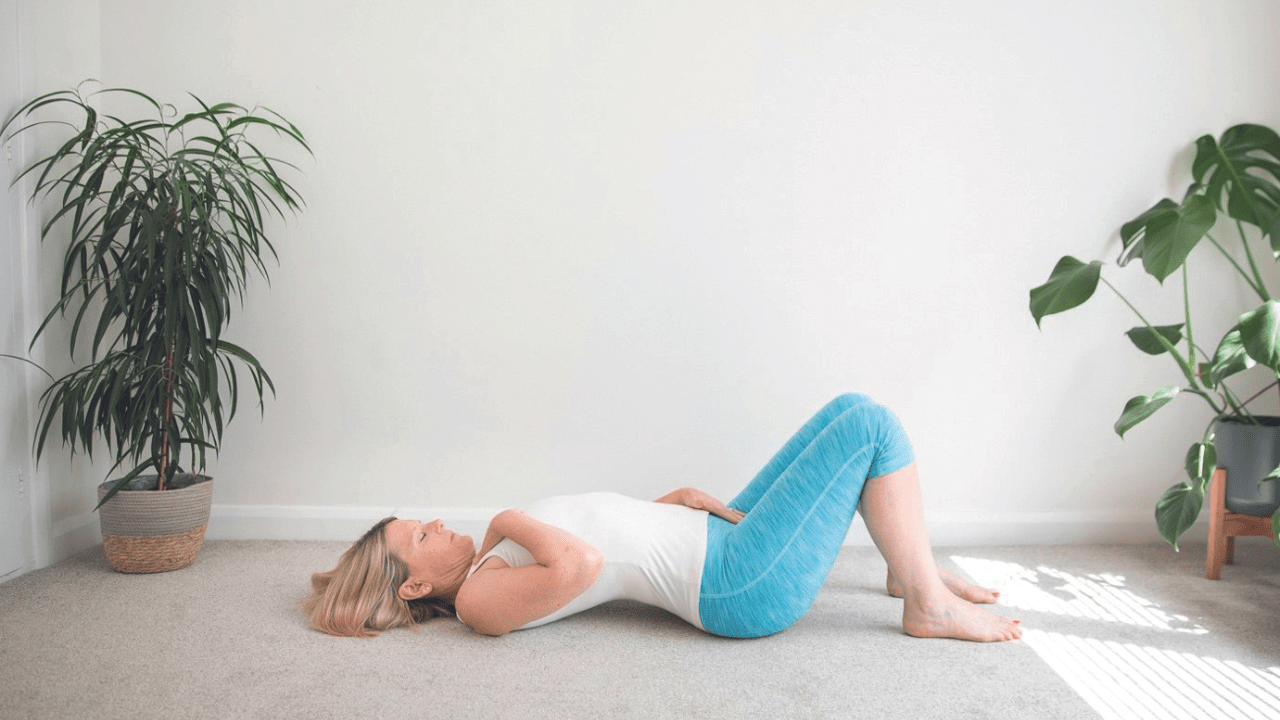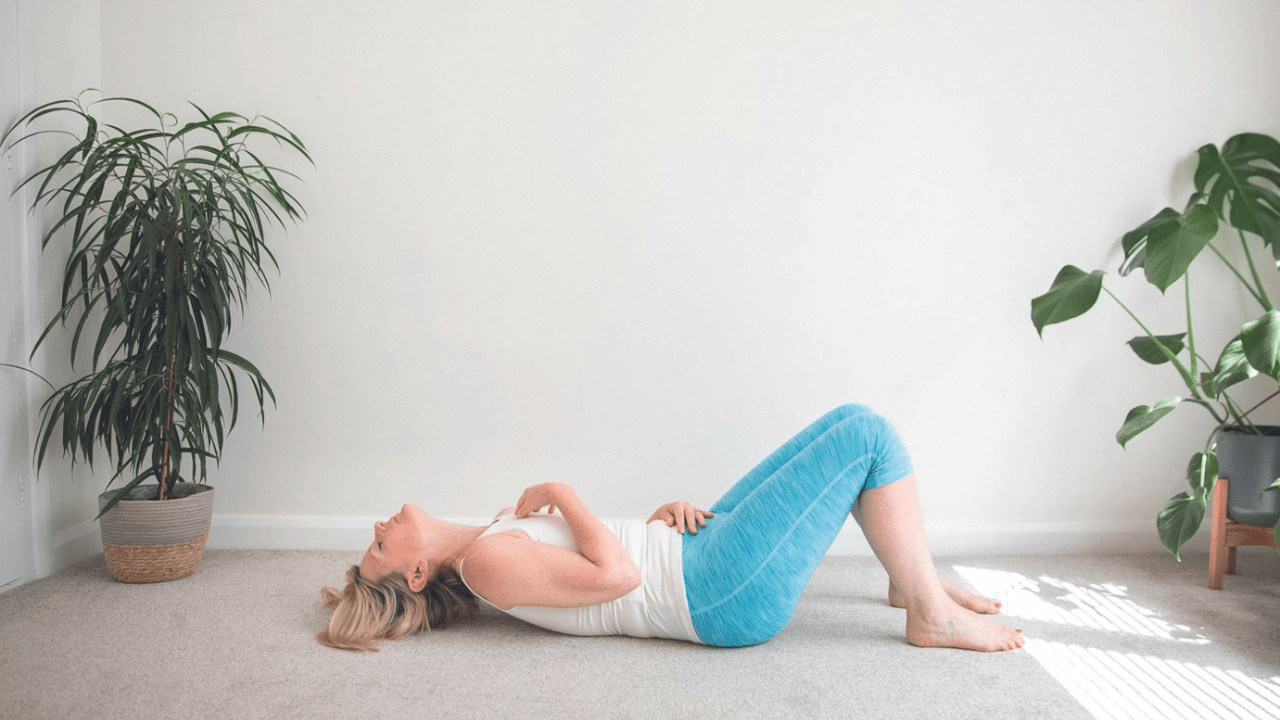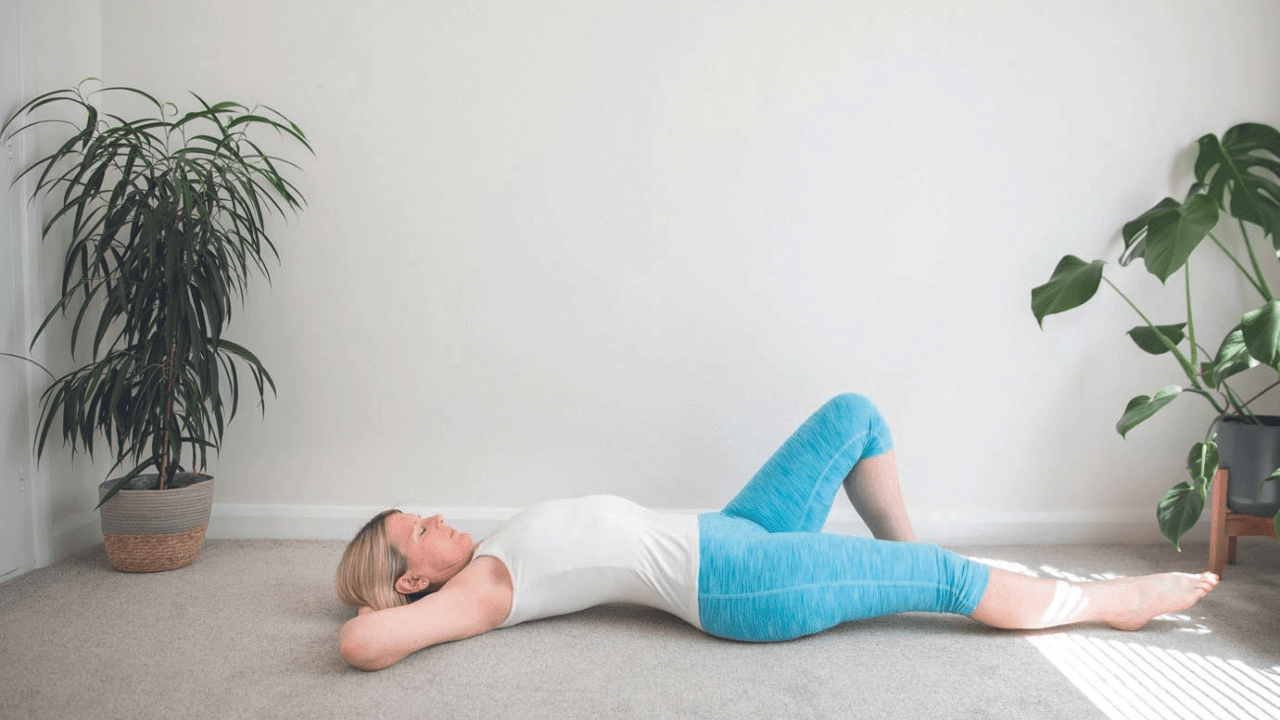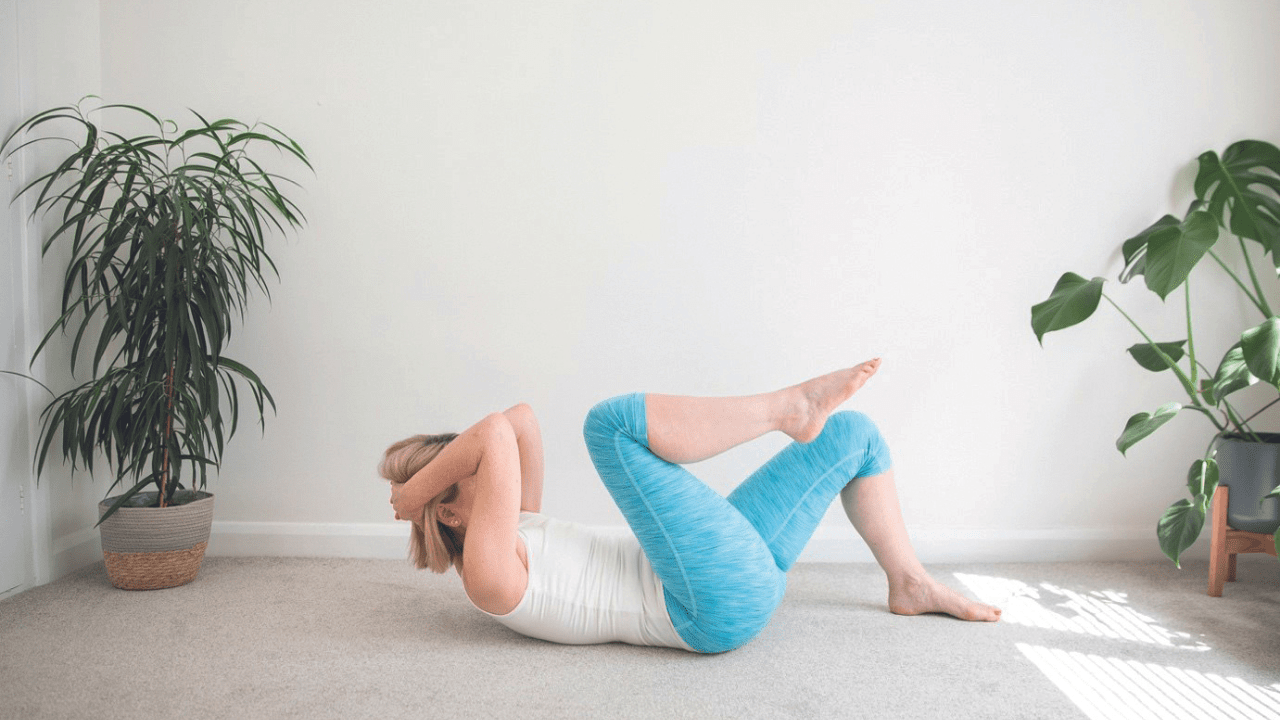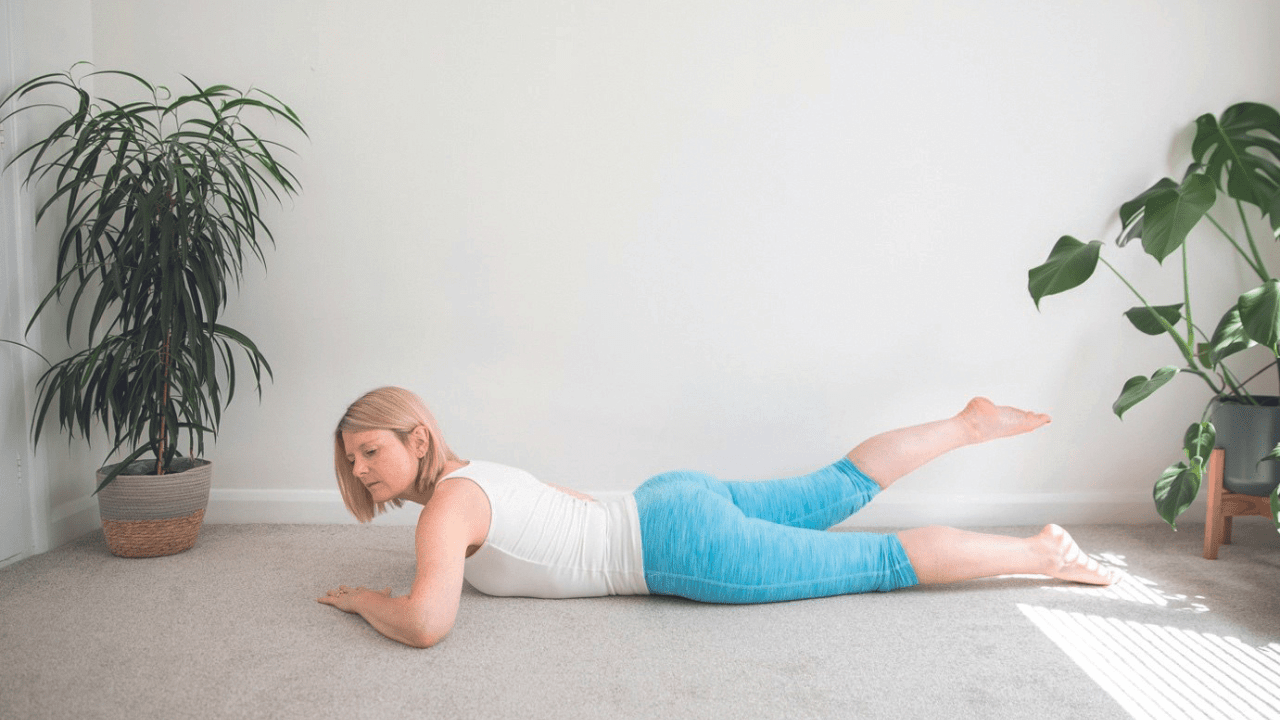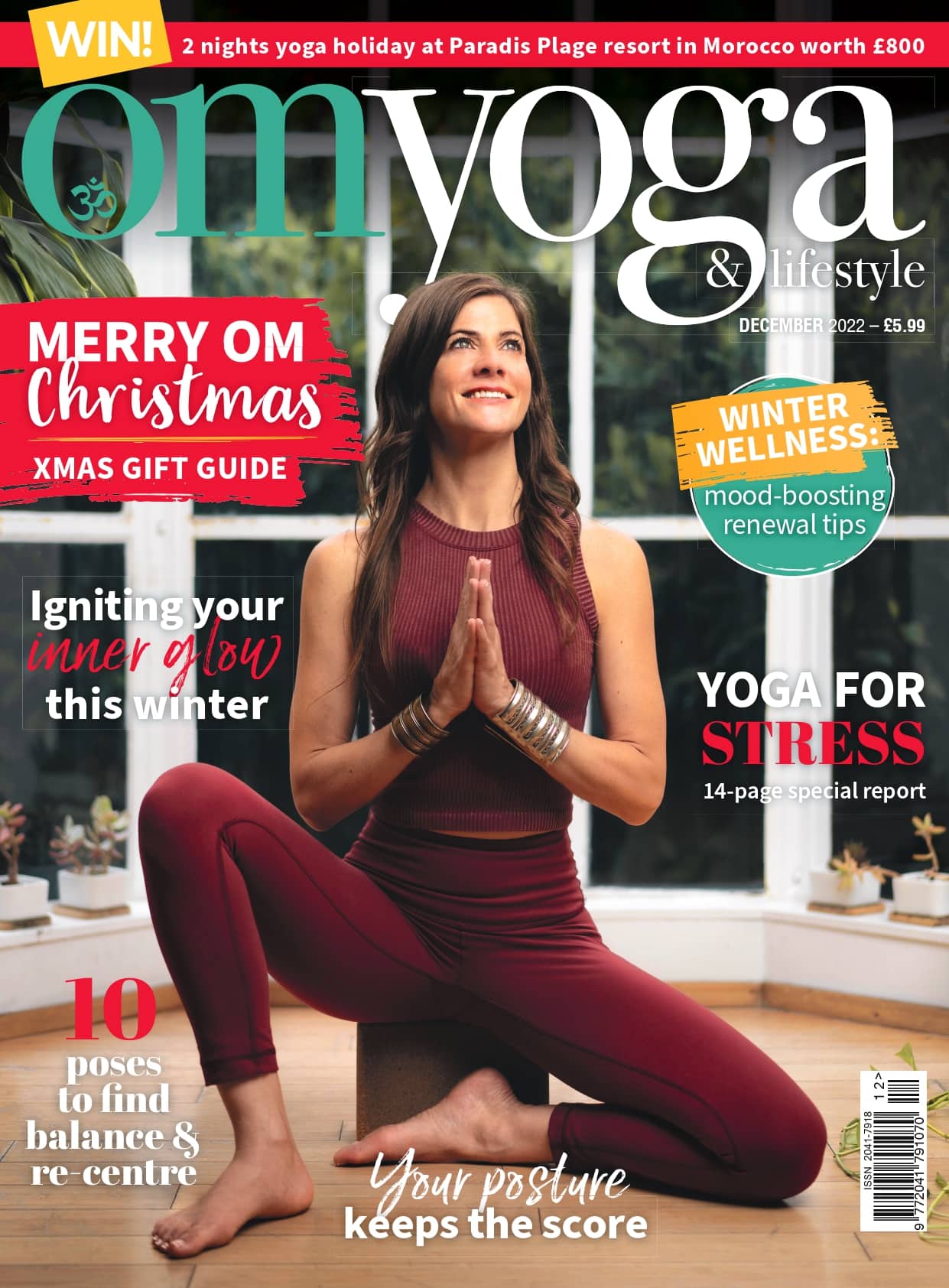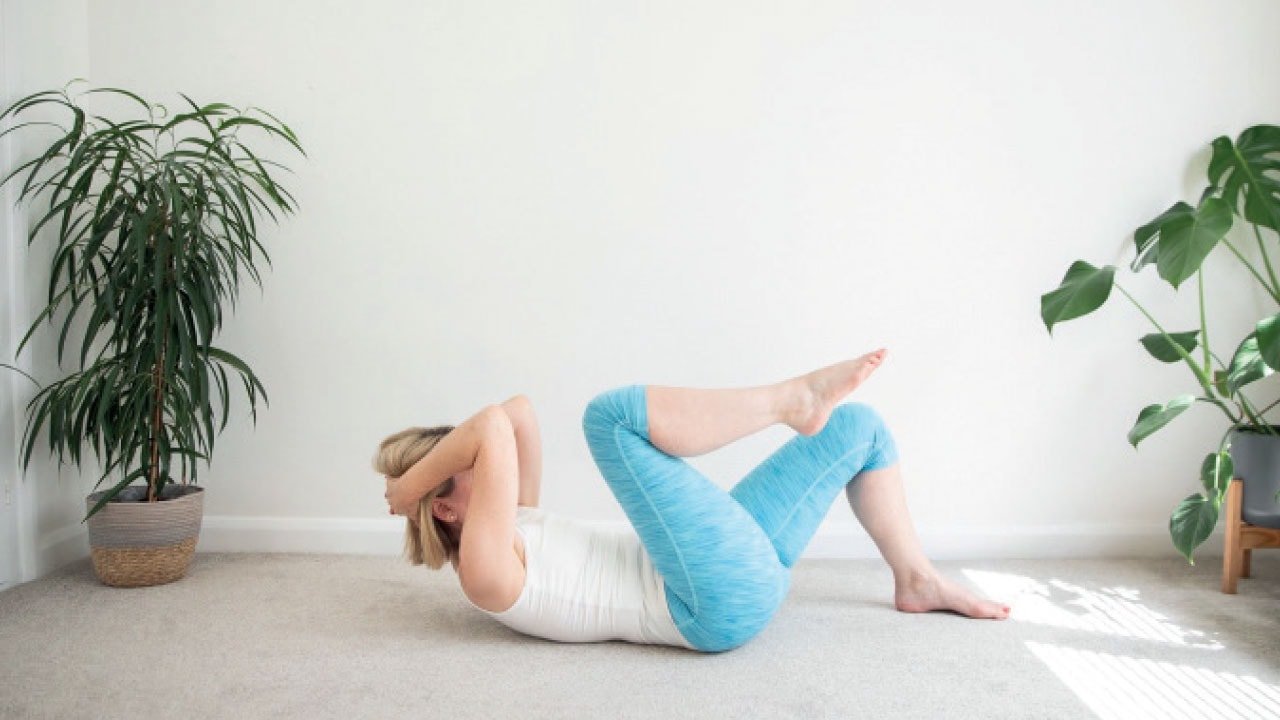
Your posture keeps the score
How reading your posture gives you an insight into stored anxiety and stress. By Liz Underwood
Somatics (in the tradition of Thomas Hanna) teaches you how your posture is an expression of your nervous system and gives you a doorway into understanding how stress and anxiety affects you, not only mentally and emotionally, but physically too.
Our nervous system is constantly stimulated as it filters our senses, through what we see, hear, and feel. If those senses are stressful or fearful, the fight, flight and freeze responses are triggered. If triggered continually these responses become habituated, physically changing our posture.
Thomas Hanna codified these responses into the Red and Green Light reflex patterns. He created movements and techniques to release out of each reflex, so the starting point is to learn to sense these reflex patters in yourself.
The Red Light Pattern
When we experience ongoing worry and anxiety the autonomic nervous system contracts the muscles in the front of the body, in protection; this causes us to cringe, hunching and lifting our shoulders, tightening our abdominal and chest muscles. If sustained, we adapt into this Red Light pattern, keeping these muscles tight and giving us that rounded shoulders, head forwards posture.
The Green Light Pattern
When we experience stress, fear and uncertainty, the nervous system primes us for action and triggers the muscles on the back of the body; the back, shoulders, glutes, hamstrings and calf muscles all contract, literally getting you ready to flee. This pulls the shoulders back, and tips the pelvis forwards, arching the lower back. If sustained long-term, we adapt to this and inhabit the Green Light pattern, giving us an exaggerated ‘soldier, attention’ stance.
The Somatic approach to reducing stress and anxiety is using the technique of ‘Pandiculation’, contracting muscles tighter than they already are. This releases the hold on these patterns and the control of the autonomic nervous system. This can help to restore your posture and bring you back into mental, emotional and physical balance.
Try this sequence to balance the Green and Red Light Reflex patterns:
Begin in standing, with eyes closed if possible. Try to not ‘improve’ your posture…just get a sense of your true posture, feel where you are pulled, are you drawn inward and forward or does the back of you feel tight like an archer’s bow?
Next, lie down on your back for a Soma-scan. Legs straight, or knees up. Scan yourself again sensing the meeting points of you on the floor; where can you yield, where do you feel resistance?
Practice all movements slowly and gently, avoid forcing or stretching. The Pandiculation technique consists of a conscious contraction, a slow release (twice as slow as you made the contraction), then a pause to relax and integrate.
1. Arch and Release
This movement releases tension and pain in your lower back muscles. Bring your knees up, feet comfortable
width and not too close, not too far from your buttocks.
Place one hand on your chest, one hand on your lower belly, above the pubic bone. Breathe gently. Which hand moves more? With your next inhale gently roll your pelvis forward, ‘Arching’ your back away from the floor, pausing to feel the lower back contracting, then release slowly (without engaging your abdominal muscles). Keep feeling and sensing all the way out. Then pause to relax and integrate. Repeat again three times, then relax your arms for a moment.
2. Flatten and Release
This movement further lengthens the lower back muscles and begins to release tension out of the front.
Bring your knees up and arms as before. Exhale, rolling your pelvis back, tipping your pubic bone up to your chin, notice how this flattens your back to the floor and your abdominals gently engage. Keep breathing, sink your ribs and chest down, and tip your head gently back, notice how this lifts your shoulders.
As you release slowly feel your front gently open and lengthen. Can you do this without engaging your back? Pause to relax and integrate before repeating three more times. Relax your arms and hands and return to your Soma-Scan. What can you sense that is different?
3. Arch & Curl with Psoas Release
Building on from Arch and Flatten and includes a gentle release to the psoas (this is best practiced off a sticky mat or with socks on for easier sliding of the legs). Bring your left knee up, keeping your right leg long and hands behind your head.
Elbows comfortably wide, adding support where needed. Inhaling roll into an arch, gently roll over your heel pointing your toes away from you. Sense how this creates a deeper arch on the right side of your back. Slowly sense the release.
As you exhale, curl up, folding your elbows in. Flatten your back and lift your head, allow your chin to release to your chest, bring your right knee into your chest, sense how this lengthens the right side of your back, sense the fold at your hip crease. Gently land your heel down close to your buttocks, release the curl, sensing the front of your body lengthen and widen from pubic to elbows.
Next, move your attention to your right hip crease, sense the hip crease gently open as you slide your right leg slowly long. Take at least two or three easy breaths to do this. Relax completely. Repeat this movement three more times, not forgetting to arch first before curling and drawing the right knee in and up.
Release your arms, slide your left leg long and pause to integrate. Sense and notice any difference in sensations between your right and left sides. Is the movement of your breath different right to left? Repeat four times to the left side starting with your left leg long, and be sure to pause again to integrate and sense any changes.
4 & 5. Basic Back-lift
This movement addresses the Green Light pattern and releases the muscles of the back. Turn onto your front, head to the right with right hand in front of your face (place a blanket under your torso for comfort if required). Keeping your belly relaxed, and your head to the right, inhaling, gently lift your head to sense the low back muscles contract. Releasing slowly, feel the back muscles lengthen, pause, relax fully then repeat two more times.
Then, just lift your left leg. Allowing your pelvis to roll so the hip crests move towards the floor, (not tucking your tailbone), this will help you lift your leg and increase the sensing of your low back contract as well as your glutes, hamstrings and calf muscles. Can you sense this? Release slowly, pause to relax and integrate and repeat two more times.
Keeping your belly soft as you inhale, rolling your pelvis forward, lift your head and left leg, sense the contraction down your back and the back of the left leg, feel the slow release. Pause to relax and integrate. Repeat two more times. Now turn your head to the left and repeat the same steps, this time lifting your right
leg.
Roll back onto your back and repeat the Arch and Flatten exercises above three more times. Return to your Soma-scan, can you yield more to the floor? What has let go, what feels the same? As you come back to standing, do you sense any change?
Liz Underwood is a certified clinical Somatic movement educator, movement teacher, yoga teacher and yoga therapist. She hosts live online Somatics classes and a step-by-step beginner’s Somatics series. For information visit: intelligent-movement.co.uk

